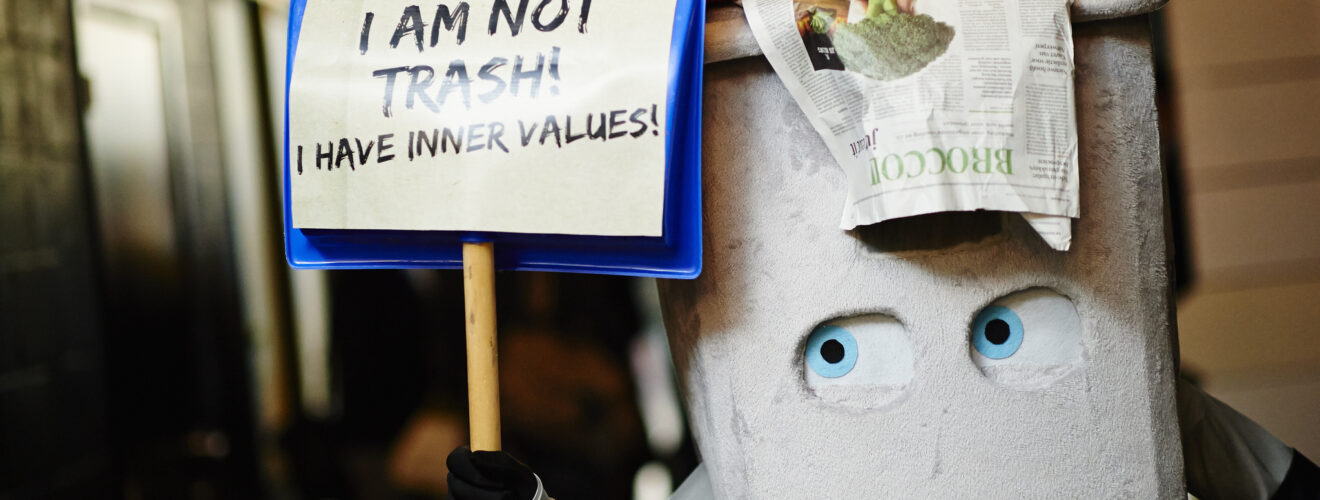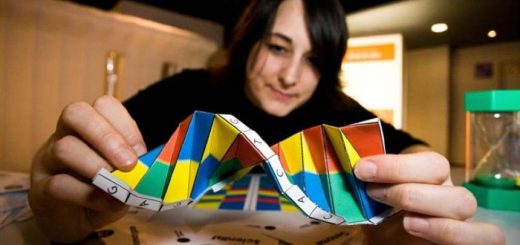A Loopy Way to Save the World

Going round in circles is rarely considered efficient, but it could be just what our economy needs. It is clear that our ‘disposable culture’ is unsustainable: the global middle-class is expanding and our hunger for new products means we are rapidly burning through finite natural resources. This, in turn, is creating insecurities in global material markets and causing environmental damage through resource extraction, landfilling, and pollution. What can we do to change this? Well, there is this one loopy idea that may help: it’s called the circular economy.
In a circular economy, restoration and recovery processes are used to increase the lifespan of products, components and materials. This goes beyond current recycling methods, as the highest quality and value is extracted at each stage of a product’s life cycle: an engineered part is more valuable than the raw materials that comprise it. For example, rather than disposing of an old or broken smartphone, a circular phone would be designed for easy repair, component reuse, and material extraction at end-of-life. Biological materials, like food and agricultural waste, can also be looped through a value chain. For example, a process called anaerobic digestion uses microorganisms to break down bio-waste in the absence of oxygen. This produces biogas, a renewable fuel, and a nutrient rich slurry, which can be ‘mined’ for chemicals or used as a crop fertiliser. The theory is simple: once a resource enters a supply chain, it loops back through it indefinitely. However, to achieve this kind of system, resource use and economic growth must be decoupled, fundamentally changing how people consume products. So, how would you feel about never owning anything ever again?
If a company prioritises consumer access to a product over ownership, they can retain control over the resources it contains. For example, by selling printing services not hardware, Xerox can reuse or recycle more than 90% of their equipment1. Similarly, the Dutch company Mud Jeans leases rather than sells clothing to customers, which are later returned, shredded, and re-spun into ‘new’ denim. However, despite such companies adopting aspects of the circular economy, a ‘business-as-usual’ approach will not facilitate a full economic transition.
Currently, most supply chains are linear, with each stakeholder only interested in their ‘link’ of the chain. For example, around 80% of a product’s environmental impact is dictated by decisions made at the design stage2. Changes here could radically alter product reusability, but there is no incentive to do so: gluing together a smartphone makes it less repairable than using screws, but it also makes it thinner, which is more attractive to consumers. Therefore, any company that adopts a more circular design in isolation may find itself at a competitive disadvantage. To overcome this obstacle, several organisations have emerged to encourage cooperation along and across supply chains, such as the Ellen MacArthur Foundation and WRAP (Waste and Resources Action Programme). However, government intervention will likely be required to make any significant change.
Many nations have already adopted comprehensive circular economy strategies, such as Japan, Germany and China. However, the UK lags behind in this regard due to the fact that key policy areas are divided between different bodies, including the Department for Environment, Food and Rural Affairs (Defra), the Department for Business, Energy and Industrial Strategy (BEIS), the Treasury, local authorities, and devolved administrations. This has led to inconsistent strategies emerging across the UK. Currently, the central government and Northern Ireland do not have formal strategies, despite supporting the concept in principle. In contrast, the Welsh Assembly formally addressed the issue with their 2016 statement Achieving a More Circular Economy for Wales, and Scotland’s Making Things Last: a circular economy strategy for Scotland document (2016) is arguably the most detailed strategy in the UK.
Although good domestic strategies are needed, it is important to remember that most supply chains are global and it will require international cooperation to make them circular. This has been recognised by the EU, which recently adopted a comprehensive Circular Economy Package. Given the economic strength of this political block, the initiatives included in this package will likely extend circular principles beyond EU member states. This is important, as the World Economic Forum estimates that a more circular economy could be worth over $1 trillion (US) to the global economy per year by 20253. Further, as circular products are designed to be an input for a new industry at end-of-life, waste is minimised and stable secondary materials markets are created. This could potentially lessen the tensions that arise between nations from the need to control territories rich in natural resources and also avoids the environmental impacts of resource extraction and pollution.
Transitioning to a circular economy could deliver many economic, environmental and social benefits. However, it will take a coordinated international approach to achieve. Consumers must change their relationship with products, and governments and industries must be willing to work together to put long-term sustainability and economic stability above short-term wins. Loopy idea, huh?
This article was specialist edited by Lorna Christie and copy edited by Katrina Wesencraft.










